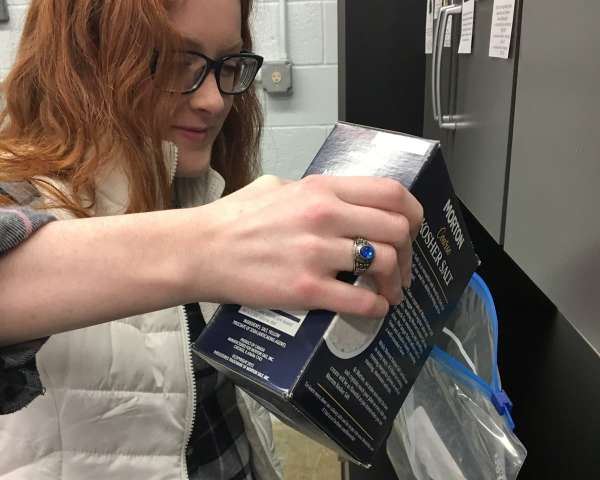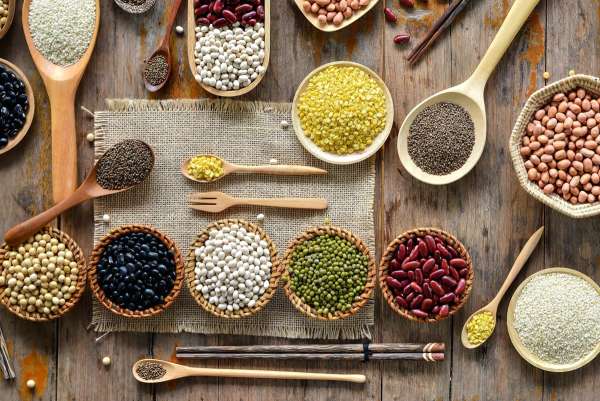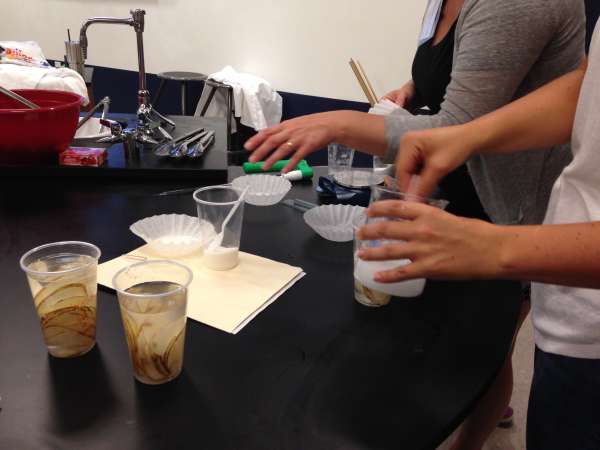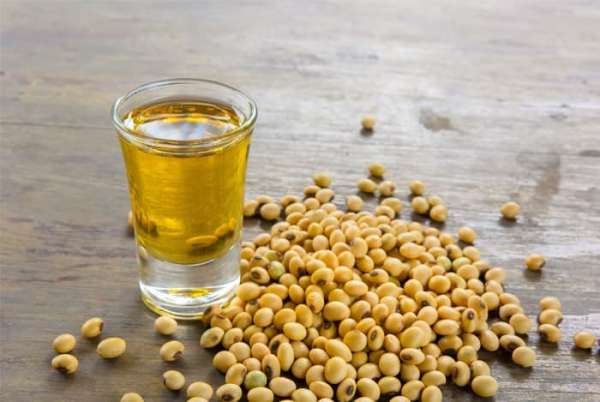Let’s eat! Exploring food science
Lessons
# New products
The failure rate for new products launched in the grocery sector is 70 to 80 percent. A number of factors lead to new product failures, according to Inez Blackburn in a 2008 report. Poor product quality and design rank high on the list. Students re-create a popular snack, then design a new product and a principal display panel.
Files
# Using microbes in foods
Humans have been using living organisms to create new flavors and foods for thousands of years. Students explore fermentation and food.
Files
# Preserving food with natural products
Why do some foods last on the shelf while others spoil? Students investigate various additives to determine what helps foods to last longer.
Files
# Desserts and chemistry
Nearly everyone loves snacks and desserts. Students come up with their own variations using soybean vs other plant oils to create a new product.
Files
Teacher background
Nearly every packaged product contains some form of soy. Look at the label of a granola bar, bread, or crackers—soy lecithin is usually an ingredient. Soy lecithin is a versatile additive that helps keep water “bound” to other compounds, lengthening shelf life and preserving the flavor of the food. Vegetable oil is generally 100% soy oil. And Ohio is number six in soybean production in the United States.
Ohio is home to over 1,300 food manufacturing facilities of all sizes and in most every food production segment. With 3.5% of the US population, Ohio produces nearly 5% of the country’s food and beverages by value.
Nine of the top ten food processing companies have facilities in Ohio. At least four of the top 100 are headquartered in Ohio, including JM Smucker, Great Lakes Cheese, Lancaster Colony, and Sugar Creek.
Ohio is a powerhouse in food packaging, with approximately 98 companies producing plastic wrap, recycled paper bowls, foam clamshells, gas permeable produce bags, labels, cans, lids, bottles, jars and more. Having these food packaging suppliers in close proximity to food manufacturing shortens the supply chain and lends itself to innovation, a priority in the rapidly changing food marketplace.
Next gen science standards
Science and engineering practices
- Asking questions (for science) and defining problems (for engineering)
- Analyzing and interpreting data
- Constructing explanations (for science) and designing solutions (for engineering)
- Obtaining, evaluating, and communicating information
Crosscutting concepts
- Cause and effect
- Systems and system models
- Structure and function
Disciplinary core ideas/content
- PS1A Structure of matter
- PS1B Chemical reactions
- PS3D Energy in chemical processes and everyday life
- ESS3A Natural resources
- ESS3C Human impacts on Earth systems
- LS1A Structure and Function
- ETS1B Developing possible solutions
- ETS1C Optimizing the design solution










Share this